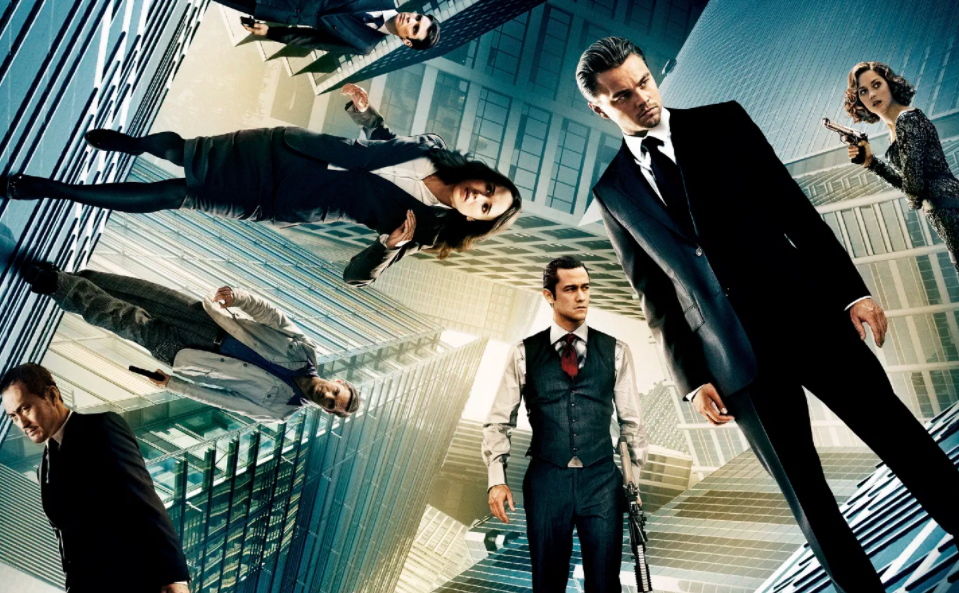As one of very few directors billed above his stars, Christopher Nolan was almost in with a shout at reviving post-lockdown cinema. As it turned out, the late August release of Tenet was the last gasp off an overly-optimistic pandemic summer. Now, in December, with the next Bond movie delayed once more, the cinemas have hunkered down for the long winter.
Login to read more
Sign in or create a free account to access Subscriber-only content.
Topics:
